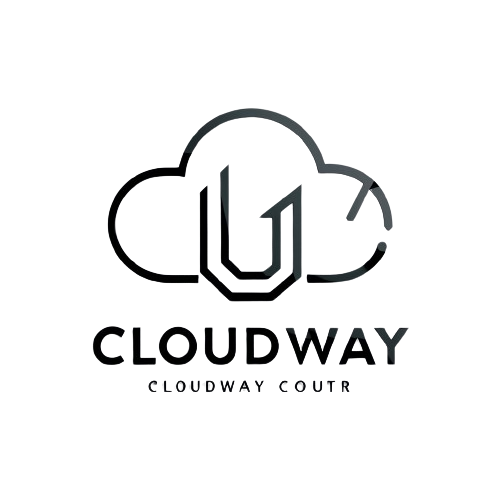Introduction to Next Generation Sequencing (NGS)
Welcome to the fascinating world of Next Generation Sequencing (NGS), where cutting-edge technology meets the secrets of our genetic code. In recent years, NGS has revolutionized genomics research and opened up new possibilities for understanding diseases, discovering novel drug targets, and unlocking the mysteries of evolution.
But behind this groundbreaking technology lies a crucial step that often gets overlooked: library NGS Library Preparation preparation. Efficient and cost-effective library preparation is essential for maximizing the potential of NGS and obtaining reliable sequencing results. In this blog post, we will explore why optimizing library preparation is so important in achieving accurate and affordable next-generation sequencing. So grab your lab coat and let’s dive into the depths of efficient DNA library construction!
Importance of Efficient and Cost-Effective Library Preparation
In the world of Next Generation Sequencing (NGS), library preparation plays a crucial role in determining the success and quality of sequencing experiments. Efficient and cost-effective library preparation methods are essential for researchers looking to maximize their output while minimizing time and resources.
Efficiency is key when it comes to library preparation. A streamlined process ensures that DNA or RNA samples are accurately prepared, reducing the risk of errors or biases during sequencing. By optimizing efficiency, researchers can increase throughput and minimize bottlenecks in their workflow.
Cost-effectiveness is another crucial factor to consider in library preparation. NGS experiments can be expensive, so finding ways to reduce costs without compromising data quality is paramount. By selecting cost-effective reagents and protocols, researchers can make significant savings without sacrificing results.
Several factors influence both efficiency and cost-effectiveness in library preparation. The choice of starting material, such as DNA or RNA extraction method, impacts not only the quantity but also the quality of the resulting libraries. Additionally, careful consideration must be given to choosing appropriate adapters and primers for sample indexing and amplification steps.
Moreover, automation technologies have revolutionized library preparation by reducing hands-on time while increasing reproducibility. Automated systems offer increased accuracy with precise liquid handling capabilities that improve overall efficiency.
Efficient and cost-effective library preparation is vital for successful NGS experiments. By optimizing workflows through efficient processes, selecting economical reagents, considering appropriate starting materials, utilizing robust automation systems – researchers can achieve higher throughput at lower costs while maintaining high-quality sequencing data.
Factors Affecting Library Preparation Efficiency and Cost
Factors Affecting Library Preparation Efficiency and Cost
In order to optimize NGS library preparation for efficient and cost-effective sequencing, it is crucial to understand the factors that can affect both efficiency and cost. Here are some key considerations to keep in mind:
1. Sample Quality: The quality of the starting material, such as DNA or RNA, plays a vital role in library preparation efficiency. Low-quality samples may require additional steps or reagents, increasing both time and cost.
2. Fragmentation Method: Different methods can be used to fragment DNA or RNA molecules into smaller fragments suitable for library preparation. Factors such as fragmentation uniformity and yield can impact the overall efficiency and cost-effectiveness of the process.
3. Adapter Ligation Efficiency: Efficient ligation of adapters to fragmented DNA or RNA is essential for successful library preparation. Factors like adapter concentration, reaction conditions, and enzymatic activity can influence ligation efficiency.
4. PCR Amplification Bias: During PCR amplification steps in library preparation, certain regions of the genome may be preferentially amplified over others due to various biases introduced by enzymes or template properties. This bias can affect sequencing coverage uniformity and ultimately impact data quality.
5. Multiplexing Strategy: Multiplexing allows multiple samples to be sequenced together in a single run, reducing costs per sample but also introducing potential challenges such as index hopping or cross-contamination between samples if not properly optimized.
6. Library Size Selection: Selecting an appropriate range of fragment sizes during size selection is crucial for avoiding biased representation of specific genomic regions while maximizing usable reads from each sequencing run.
7. Automation Options: Manual handling introduces variability which may lead to increased inefficiencies and costs associated with errors or inconsistencies in library preparation steps; automated systems offer higher reproducibility but come at an additional upfront cost.
By considering these factors during NGS library preparation optimization efforts, researchers can efficiently generate high-quality libraries while minimizing costs associated with reagents, consumables, and sequencing runs.
Remember that no single approach


